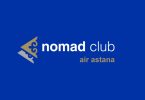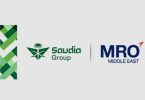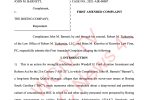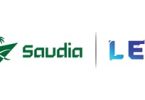Crafted through the fermentation of grapes and diverse fruits, this effervescent beverage undergoes a meticulous process resulting in a symphony of bubbles composed of alcohol and CO2. The carbonation spectacle unfolds within bottles, large tanks, or through the infusion of CO2 into select wine varieties.
Consumer Trends
Sparkling wines are no longer confined to celebratory occasions; Thatcher’s Wine notes a shift as enthusiasts now enjoy these beverages monthly. Between 2019 and 2022, the number of individuals savoring wine monthly rose from 56% to 72% (IWSR Drinks Market Analysis). Moreover, Americans embracing sparkling wine increased by 30% during the same period. Consumer preferences lean towards lower alcohol options with higher acidity, influencing a diverse range of flavor profiles and carbonation levels, including force carbonated, ancient method/petillant natural wines alongside traditional and tank methods. The US is predicted to contribute nearly 15% to global sparkling wine sales by value by 2026.
While Champagne and Prosecco continue to dominate in terms of value and volume, Cava has exhibited remarkable growth, with a 4.5% increase between 2021 and 2022. The global proliferation of sparkling wine production and sales extends from South Africa to southern England, indicating a dynamic and expanding market.
Economic Dynamics
As global living standards rise, consumer aspirations for premium luxury products, such as sparkling wines associated with celebrations, are escalating. Consumption surges during significant events like weddings, parties, and social gatherings. The luxury segment, buoyed by robust consumption patterns, witnessed substantial growth in 2019. Luxury brands are adapting to evolving consumer preferences by leveraging social media strategies to engage tech-savvy young consumers seeking enhanced value, personalization, and integrated digital access. This shift aligns with the surge in global internet penetration, expanding the community of netizens.
Consumer Pricing Insights
The coronavirus pandemic posed challenges for the sparkling wines market, including labor shortages impacting production capacities.
The closure of wholesale markets forced producers to pivot to supermarkets and e-commerce platforms for distribution.
Export prices reveal intriguing stories – French sparkling wine, influenced by the prestige of Champagne, commands an average cost of $19.58 per liter. Italy, the world’s leading exporter, sells at a more modest $4.41 per liter, while Spain, the third-largest exporter, faces pricing challenges, commanding only $3.12 per liter despite utilizing the costlier classic method.
In essence, the trajectory of the sparkling wines market is marked by economic intricacies, evolving consumer dynamics, and pricing nuances that collectively shape the industry’s effervescent future. As global preferences evolve and economic landscapes fluctuate, the sparkling wines market remains poised for continued growth, adapting to the effervescent demands of a dynamic consumer base. The projected growth may propel the sparkling wine category to a potential $55.4 billion valuation by 2028, offering much for buyers to consider.
© Dr. Elinor Garely. This copyright article, including photos, may not be reproduced without written permission from the author.
This is part 3 of a 4-part series. Stay tuned for part 4!
Read Part 1 Here:
Read Part 2 Here:























